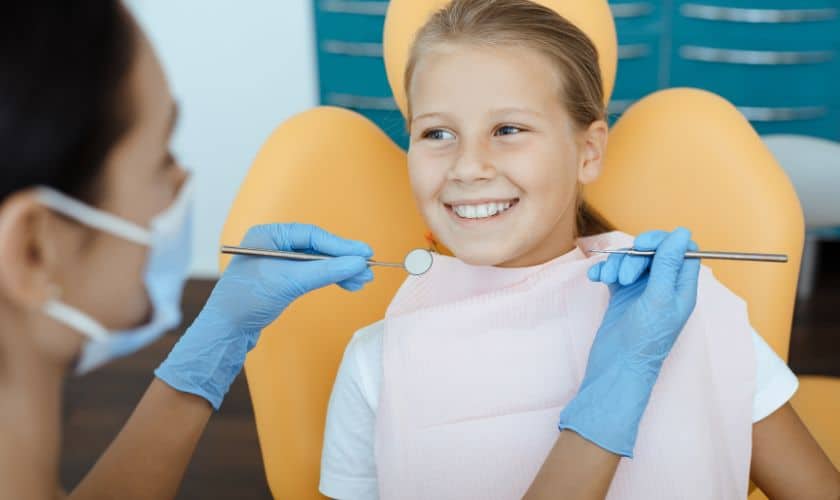Orthodontic treatment in children is a vital aspect of ensuring proper dental development and overall oral health. Pediatric orthodontics, also known as orthodontics for children, focuses on diagnosing, preventing, and correcting dental and facial irregularities in young patients.
Understanding the basics of pediatric orthodontics is essential for parents and caregivers to make informed decisions regarding their child’s dental care. Here, we delve into the ABCs of pediatric orthodontics to shed light on its significance and procedures.
A – Alignment:
Alignment refers to the positioning of teeth in relation to each other and to the jaw. Proper alignment is crucial for optimal dental function, aesthetics, and overall oral health. Pediatric orthodontists assess alignment issues such as crowding, spacing, and misalignment early on to intervene appropriately.
By correcting alignment problems during childhood, potential complications in adulthood, such as difficulty chewing, speech impairments, and increased risk of dental decay, can be minimized.
B – Bite Correction:
Pediatric orthodontics also addresses bite irregularities, known as malocclusions. Malocclusions include overbites, underbites, crossbites, and open bites, which can affect a child’s ability to chew, speak, and maintain proper oral hygiene. Early detection and intervention are key to correcting these issues.
Orthodontic appliances such as braces, expanders, and aligners are commonly used to gradually shift teeth into their correct positions and align the bite properly.
C – Child-Friendly Approach:
Pediatric orthodontists specialize in providing a child-friendly and supportive environment for young patients. They understand the unique needs and concerns of children and utilize techniques to ease anxiety and discomfort during treatment.
Establishing a positive relationship with the orthodontist early on helps children feel more comfortable and cooperative throughout the orthodontic process, leading to better treatment outcomes.
D – Developmental Monitoring:
Monitoring dental and facial development is crucial in pediatric orthodontics. Children’s jaws and teeth are continuously growing and changing, making early intervention paramount in guiding proper growth and development.
Regular dental check-ups allow orthodontists to identify any emerging issues and intervene at the optimal time to achieve the best results.
E – Education for Parents and Children:
Educating parents and children about oral health and the importance of orthodontic treatment is an integral part of pediatric orthodontics.
The best Windermere Orthodontics provides information on proper dental care, hygiene practices, and the benefits of treatment options available. Empowering parents and children with knowledge enables them to actively participate in their dental care and make informed decisions rearding treatment.
F – Functional Orthodontics:
Functional orthodontics focuses on correcting not only the alignment of teeth but also improving the functionality of the jaws and muscles. This approach aims to address underlying issues such as improper jaw growth or muscle imbalance, which can contribute to bite problems and facial irregularities.
By promoting proper jaw function, functional orthodontics helps achieve long-term stability and optimal oral health.
G – Growth Guidance:
Pediatric orthodontics includes strategies for guiding the growth and development of the jaws and facial structures. Orthodontic appliances such as expanders and headgear are often used to harness natural growth processes and encourage proper alignment of teeth and jaws.
Early intervention allows orthodontists to take advantage of the child’s growth potential and achieve optimal results with less invasive treatments.
H – Health Benefits:
Beyond aesthetics, pediatric orthodontics offers numerous health benefits for children. Properly aligned teeth are easier to clean, reducing the risk of cavities, gum disease, and other dental problems. Correcting bite issues improves chewing function and can alleviate jaw pain or discomfort associated with malocclusions.
Additionally, a confident smile resulting from orthodontic treatment can boost a child’s self-esteem and overall well-being.
Pediatric orthodontics plays a vital role in ensuring healthy dental development and optimal oral function in children. By addressing alignment and bite issues early on, orthodontists can guide proper growth and development, prevent future complications, and enhance overall oral health and well-being. Parents and caregivers are encouraged to consult with a pediatric orthodontist to explore treatment options tailored to their child’s unique needs and promote a lifetime of healthy smiles.
